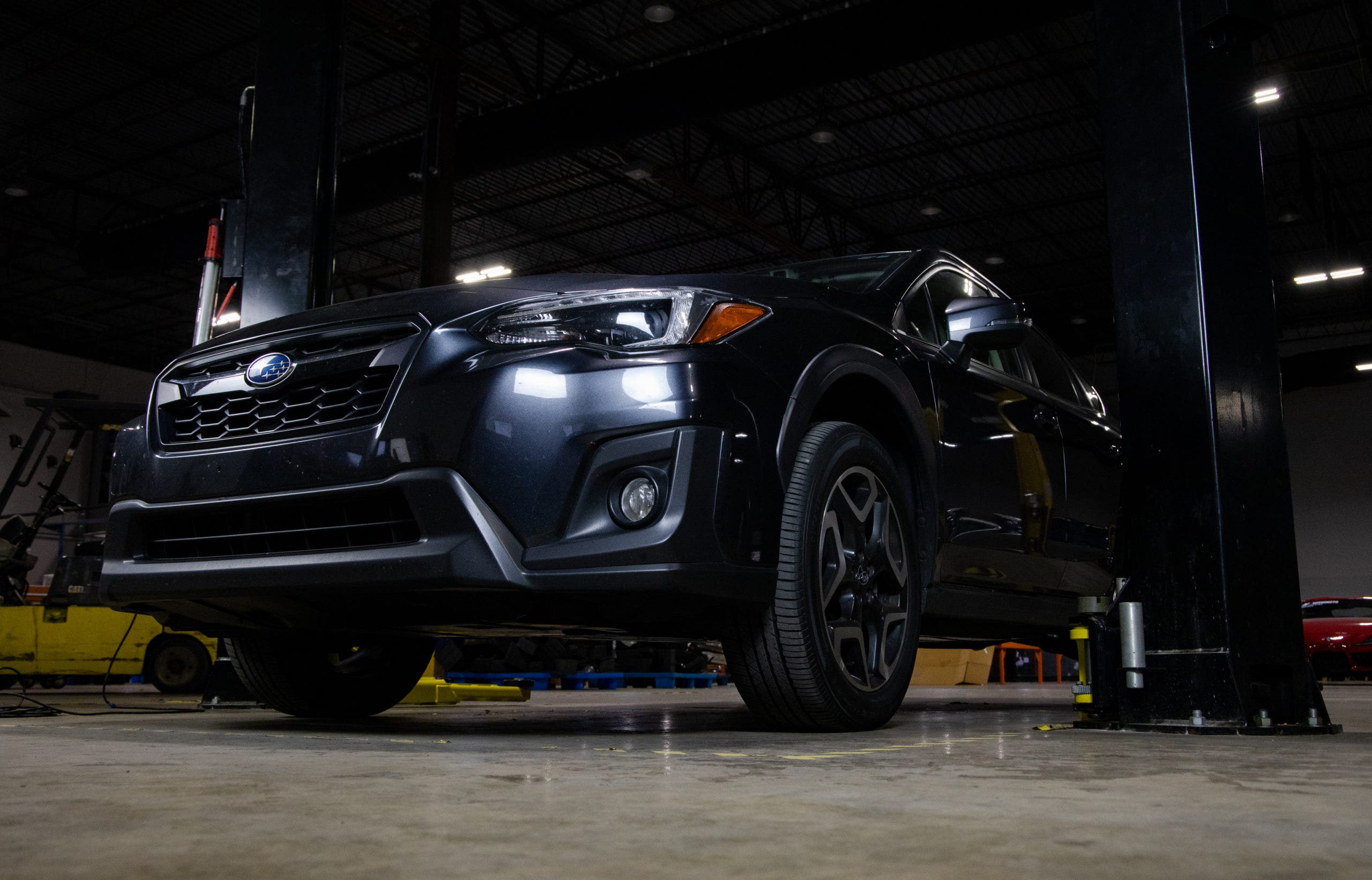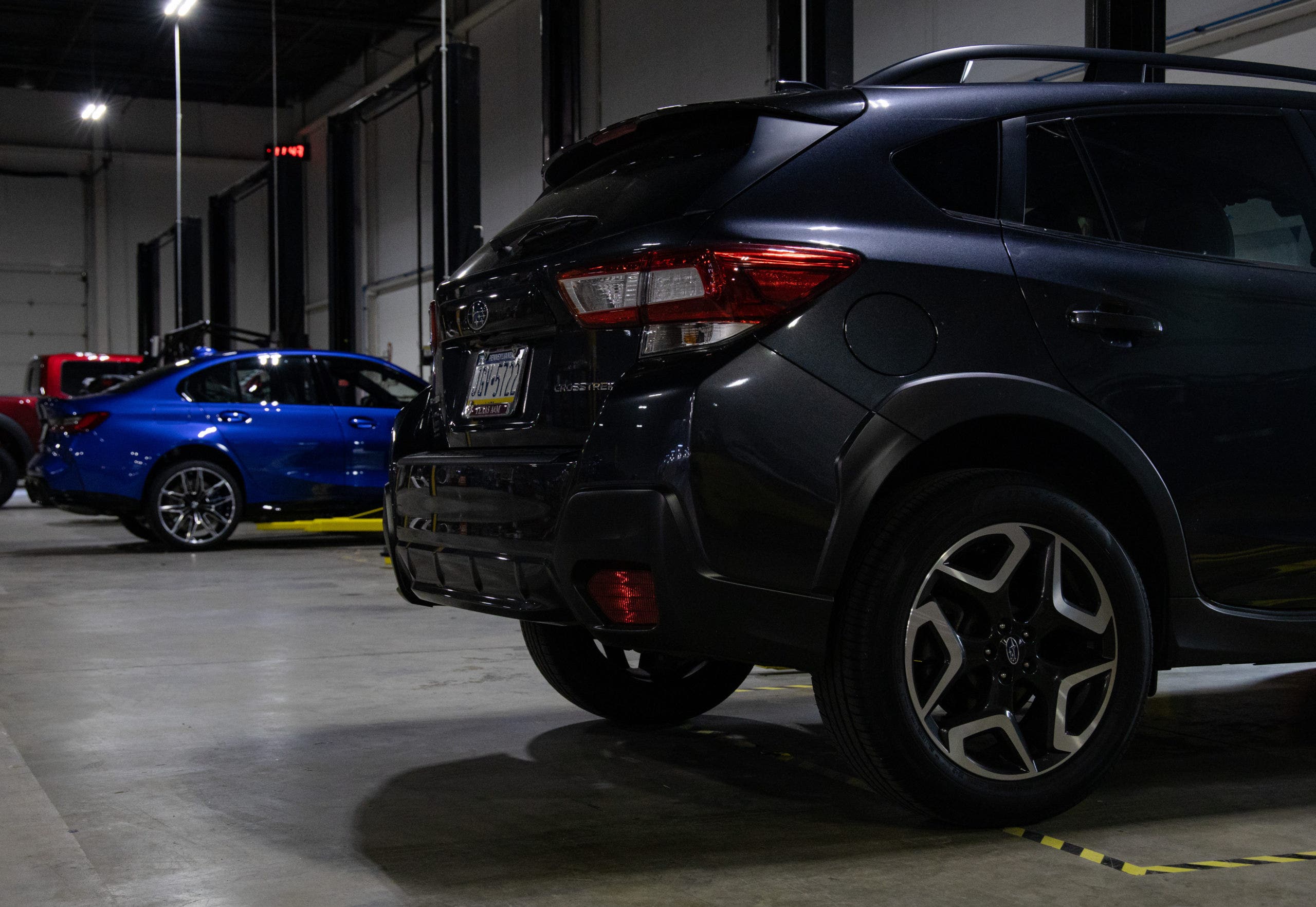
Trendsetter - Baffled Oil Catch Can Kit R&D, Part 1 - Stock Review and Design Plans
In 2012, Subaru became a significant contributor to the automotive trend that would take over the entire market: the crossover. Sure there were some before, but once we Americans laid eyes on the XV Crosstrek, we were smitten. The practicality of an SUV with the efficiency of a hatchback, all wrapped up in a lifted all-wheel-drive hatchback. Subaru designed the Crosstrek to tackle the mundane with the option for adventure. It's not hard to see why the Crosstrek caught on.

Trends come and go, but one that has stuck around since the dawn of internal combustion is the nasty side-effect of blow-by. For those unfamiliar with the concept you can read our full explanation of blow by, but the short answer is that blow-by is a mixture of oil droplets and fuel vapors recycled into a vehicle's intake system from the crankcase. When the fuel ignites during the power stroke, some pressure and unburnt fuel slip into the crankcase. A ventilation line transfers that air from the crankcase into the intake, relieving crankcase pressure. The trouble is that those oil droplets and fuel vapors tend to stick to critical components and cause carbon buildup. Excess carbon can interfere with airflow or even cause valves to stick open, reducing power and efficiency.
In 2018, Subaru made some updates to the trademark four-cylinder boxer powerplant. The FB20D moved from port injection to direct injection, and the compression ratio increased from 10.5:1 to 12.5:1. Both of these features are vast improvements to engine efficiency, but they're also the recipe for blow-by. A higher compression ratio means higher cylinder pressure, and direct injection removes the constant bath of clean fuel over the intake valves.

The simplest means of protection against the carbon assault on your Subaru's valves is with a catch can. Our catch cans mount in line with the vehicle's positive crankcase ventilation, or PCV, line, and utilize a baffle to separate the oil, fuel, and carbon from the crankcase gases. In this system, the blow-by collects in the bottom of the can, leaving only fresh and clean air for the intake.
If you are on the lookout for a catch can you can check out our full selection of oil catch cans here


With a plan in mind, the next step is mounting the can under the Subaru's hood. This step is typically the biggest hurdle for our catch can projects, but thanks to the compact nature of a flat-4, we had plenty of options. Our engineering team ultimately opted for mounting the can on the Crosstrek's firewall in close proximity to the PCV line and ease of access.


The last step before we start our mass production is testing. We send all of our prospective catch can recipients out on a 1,000-mile test cycle for two reasons. The first is to gauge how much our system will collect and help determine an average service interval. Since the PCV system relates to emissions, we also run this road test to ensure our can doesn't throw off any ECU parameters that would result in a check engine light.
Make sure you stay tuned for our testing results and a first look at the complete production-level kit!
Thanks for Reading!
-Nick










